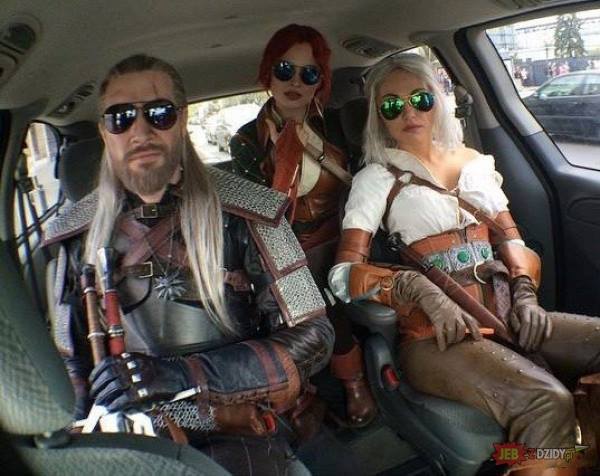Although that makes me wonder. Is there a reason that you can't mocap naked people? Other than moral/ethical reasons?

Or was that just part of the joke?
Optical mocap has stood out and became an industry standard because of its flexibility. There's no fixed set of sensors, you can put markers on anything and anywhere and you can process the data as you want. It's most practical use is of course for tracking skeletial movement and experience has lead to a generally efficient marker layout - number of markers and their positions, number of actors within the volume, coverage and so on.
You could theoretically stick the markers on naked actors, including any special body parts; but I'm not familiar enough with the tech to tell how it would work compared to a tight body suit. I'm quite sure though that the fabric has different properties compared to human skin, so there's probably a reason - I guess the markers can stick better to the suit.
For example we've captured horses before, using markers sticked to their skin, but recently we've actually created a mocap suit for horses and I'm sure there has to be a reason for this. And yeah I'm not kidding, it's a skintight black suit (although made from multiple separate pieces) that you have to put on the horse.
However, capturing the actual surface doesn't really make much sense to me, with some experience not only in modeling but in rigging. You'd have to assign the, no better way to say it, breast markers to some bones in a CG character's skeleton and then you'd be stuck with that; whereas it's easier to just drive such kinds of secondary movement with simulations or manual keyframe animation, without the potential issues of capturing naked talent.
Then there are the other capture options. Photogrammetry based scanning can be used not just as a single frame approach, you can build a rig with advanced cameras that can capture at 60 fps easily and generate an animated surface. This is what's usually called 4D scanning, basically a stream of data through time. In fact LA Noire has already done this with the faces, that is why the facial movement is so realistic, despite the lackluster shading and the lack of coherence between facial and body movement.
So it's definitely possible to get naked actors inside the scanning volume and record their movements at 60 fps; even though two people with close body contact would make it pretty hard to get good coverage for the cameras. Most of the software, like Agisoft, require at least two or three cameras to cover every point on the surface, so you can probably imagine how many cameras you'd need to get good data.
But then the problem would be, how to translate the data to character rigs of any kind? The software creates a point cloud and remeshes it for every frame, so what you'd get is a set of completely different models and textures for each frame, with no shared data like vertices or texture coordinates.
So you'd have to create a generic model and conform it to each of the different meshes from the various frames, a LOT of data that you'd then need to somehow stream. The main advantage of capturing skeletial movement is that it's a reasonably small amount of data; basically rotation values for a couple dozen bones per character per frame. The actual skin deformations are sort of procedurally generated, by the skin weighting and any other deformations on top, which only have to be set once, during rigging.
Then there are the other issues, like your CG character would have to be a 1:1 match of the actor if you use 4D scanning. Once you start to modify the body proportions, it gets way to complex to keep the movement realistic and as I've already mentioned the source data would be pretty messy because of the self-occlusion anyway.
So, 4D scanning is a very interesting topic, but most people looking into it have focused on faces so far. That's because the face has very little self-occlusion, and using a 1:1 match of the actor's face makes more sense compared to using a full body match. But even in those cases - like digital doubles for risky stuff - it's still better to separate the skeletial movement and the surface deformations.
TLDR: if you want good boob animation for realistic naked girls, it's still better to just capture movement and build a good character rig and account for the boob stuff by different methods.










